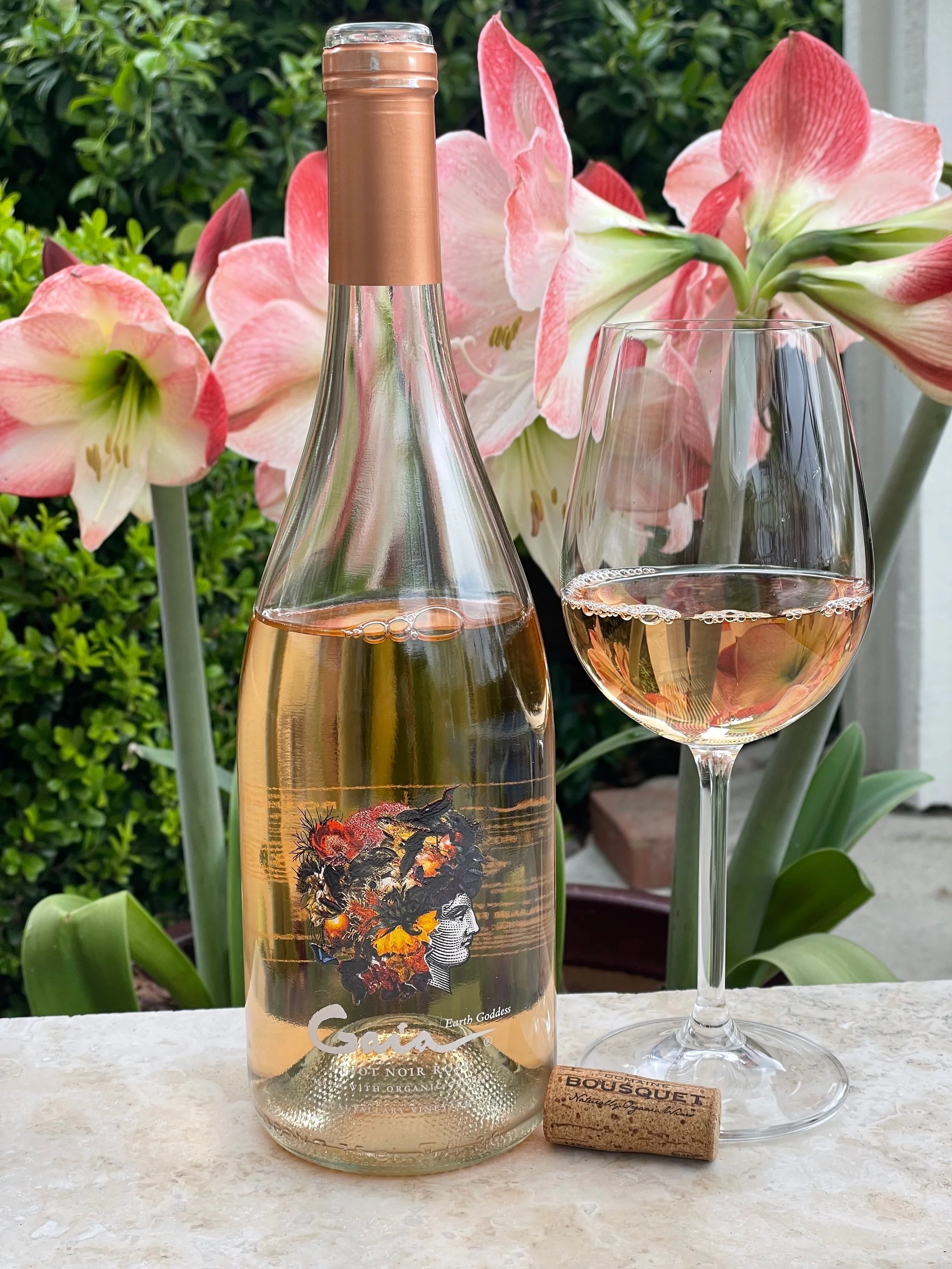Photo by Artur Solarz on Unsplash
Temperature is a critical factor in wine fermentation, directly affecting the rate of fermentation, the development of aromas and flavors, and the survival of the fermentation yeast.
Winemakers make intentional, stylistic choices regarding fermentation temperature to shape the wine’s final character, including its affect on:
Yeast Activity
Yeast is responsible for converting sugars in grape juice into alcohol
Too low a temperature can slow or stall fermentation
Too high of a temperature can kill the yeast or lead to off-flavors
Flavor and Aroma Profile
Lower fermentation temperatures help preserve delicate aromatic compounds, especially important for white wines and aromatic varietals like Riesling or Sauvignon Blanc
Higher temperatures can enhance color and tannin extraction, and are useful in red wine production
Fermentation Interactions
Cooler temperatures result in slower, longer fermentations which can be desirable
Warmer temperatures can result in faster fermentations, which can risk volatile acidity or stuck fermentation if not properly controlled
Typical Wine Fermentation Temperature Ranges
White Wines: 12–18°C (54–64°F) — Preserves fruity aromas, crisp character
Red Wines: 20–30°C (68–86°F) — Enhances color/tannin extraction
Sparkling Wines: 10–15°C (50–59°F) — Very cool to retain freshness and bubbles
Great winemakers blend intuition, tradition, and technical knowledge. And, temperature control is one of the key tools they use to express their unique signature in their wine. Cheers!






